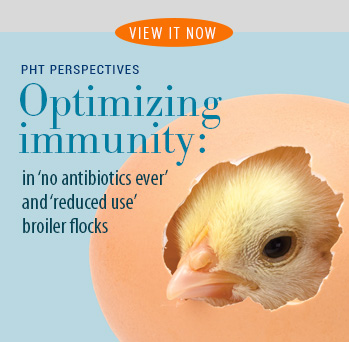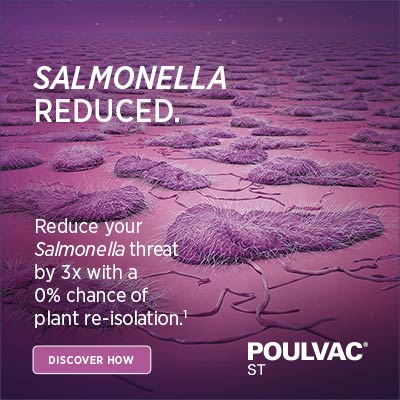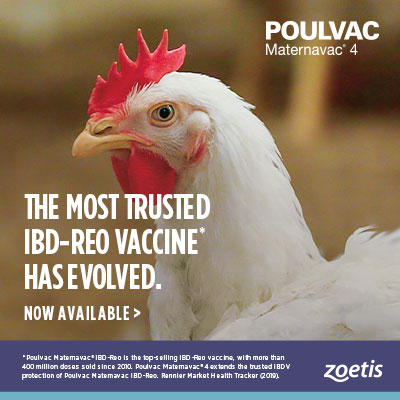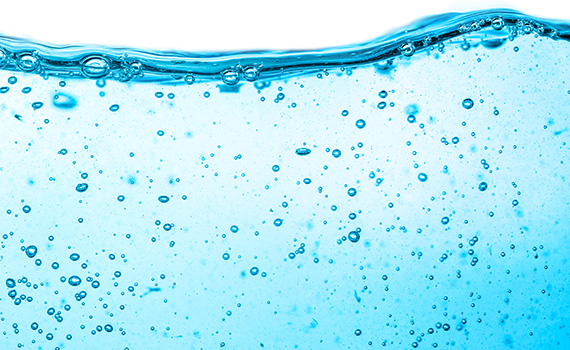Water acidification: How much and when for broilers?

An interview with Chynette Todd, CT Consulting, Cookeville, Tennessee
Q: There’s more talk in the poultry industry about water acidification during growout and its potential benefits. What’s driving this trend?
CT: The move toward reduced-use and no-antibiotics-ever production systems has prompted the industry to explore other tools — not only for managing gut health but also for reducing the population of foodborne pathogens. Good digestive health is a first barrier in chicken immunity.1 So, any tools or management practices that may help to inhibit or reduce colonization of pathogenic bacteria should be considered. Water acidification is proving to be one of them.
Q: What exactly does water acidification do?
CT: Acidifying drinking water lowers the pH, which will ultimately translate into acidification of the bird’s crop — the area where food is stored temporarily after it passes through the esophagus.
So, what’s really going on is that the supplemental acids in the drinking water pass through the gut where they dissociate, or separate, in the upper gastrointestinal tract, lowering the pH inside the bacteria. The bacterial cells then need to utilize their energy to restore the pH, disrupting the bacteria’s metabolism and preventing the pathogenic bacteria from surviving.2 A lower water pH has been shown to reduce populations of bacteria, such as Salmonella, Campylobacter and clostridia in the crop before they reach the lower digestive system.3 Acidified drinking water also can help mitigate the adverse effects of stress.4
Birds consume nearly twice as much water as they do feed. While the water supply is an important source of poultry nutrition, it can also be an entryway for diseases. Water lines can harbor pathogens, especially from biofilm buildup. Lower water pH reduces scale and biofilm.5
Q: How can drinking water help mitigate bird stress?
CT: It’s been shown that dysbacteriosis is common during periods of stress.6 Dropping the pH in the crop protects against dysbacteriosis.
Q: Is there an ideal pH for drinking water?
CT: Research shows that birds are tolerant of a pH ranging from 4 to 8 on a continuous basis7 and that a lower pH reduces Salmonella growth.8
Q: Since the US poultry industry is using fewer antibiotics for managing enteric diseases, has water acidification become a standard practice on broiler farms?
CT: Many poultry farms use some type of water acidifier the last 72 hours before catch to acidify the bird’s crop and reduce bacterial populations before feed withdrawal takes place. But not many utilize water acidification during the first couple of weeks of the bird’s life. I’ve seen a lot of companies trying different things, including organic acids, probiotics and sanitizers. What works for one farm complex may not work as well for another. Each operation needs to determine what works best for them.
Regardless of what they decide to use, it needs to be easy to handle and administer. If it’s not easy to mix, for example, or if it’s hard to understand how to use it, there’s a risk of using too much. Some products are less palatable due to the water being too acidic. Lowering the pH too much also could harm equipment over prolonged periods.
Q: Several compounds are available for lowering the pH of drinking water. What does the poultry industry need to know about ProxorTM, a water-acidification product available from Zoetis?
CT: The main ingredient of Proxor is sulfuric acid. Typically, a 2% stock solution is mixed with water and then diluted with a medicator to 1:128. Proxor can drop the pH of the crop below 4.0, but it’s not so bitter that birds stop drinking. When used as recommended, it’s also gentle on equipment.
Q: When should producers use Proxor?
CT: It depends on water quality and pH level, which can vary from farm to farm. I recommend Proxor for the first 16 days of the bird’s life and during the last 72 hours before processing to help during times of stress and reduce bacteria loads. I also recommend it for use the day before, the day of and the day after each feed change. Any time you change feed, it can upset the gut flora and may cause feed passage issues. Water acidification helps prevent the disruption of the intestinal flora.
Q: Can water acidification improve flock performance?
CT: Proxor has not been shown to improve growth rate or feed conversion, as some feed antibiotics can. However, there are studies demonstrating that birds started with a water acidifier have improved performance, including livability, feed conversion and bodyweight gain compared to birds with untreated water.9
Q: Sum up the role of water acidification in broiler production.
CT: Lowering the pH through water acidification early in the flock and prior to processing helps mitigate the potential food-safety risk of pathogenic bacteria such as Salmonella.
All trademarks are the property of Zoetis Services LLC or a related company or a licensor unless otherwise noted.
1 Pan D, Yu Z. Intestinal microbiome of poultry and its interaction with host and diet. Gut Microbes. 2014 Jan 1; 5(1):108-119.
2 Krulwich T, Sachs G, Padan E. Molecular aspects of bacterial pH sensing and homeostasis. Nat Rev Microbiol. 2011 May;9(5):330-343.
3 Watkins S, Cornelison J, Tillery C, Wilson M, Hubbard R. Effects of water acidification on broiler performance. University of Arkansas Cooperative Extension Service. Avian Advice 2004;6(2):4-6.
4 Hamid H, et al. Influence of acidified drinking water on growth performance and gastrointestinal function of broilers. Poult Sci. 2018 Oct 1;97(10):3601-3609.
5 McCoy J. Water quality and water sanitation. In: Owen R, ed. A practical guide for managing risk in poultry production. Am Assoc Avian Pathol, 2011.
6 Bailey R. Gut health in poultry – the world within. The Poultry Site, 2013 Aug 16.
7 McCoy J. Water quality and water sanitation.
8 Food Standards Australia, Salmonella (non-typhoidal), 2013 May 31.
9 Watkins S, Cornelison J, Tillery C, Wilson M, Hubbard R. Effects of water acidification on broiler performance. The Poultry Site, 2004 Oct 19.
TOOLBOX, Issue 16
Toolbox is a series of interviews with veterinarians and other technical specialists about their experiences managing antimicrobials, vaccines and other tools for poultry health. It is produced by the editors of Poultry Health Today on behalf of the US Poultry Business of Zoetis.
PWT-00005
Jan 2020
Posted on March 19, 2020
 We’re glad you’re enjoying
We’re glad you’re enjoying















